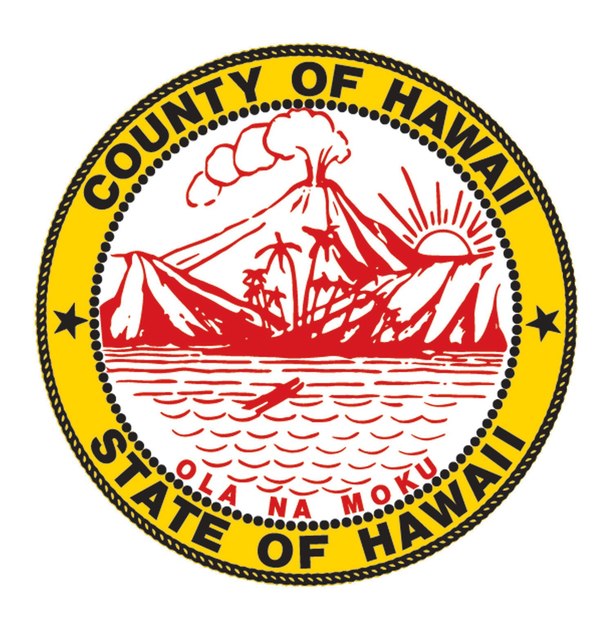HILO — Does Hawaii County discriminate against Puna and Ka‘u residents? ADVERTISING HILO — Does Hawaii County discriminate against Puna and Ka‘u residents? County Council members could consider that question next week as they take up a resolution introduced by
HILO — Does Hawaii County discriminate against Puna and Ka‘u residents?
County Council members could consider that question next week as they take up a resolution introduced by Puna Councilwoman Jen Ruggles.
The resolution, to be heard in a committee at 1 p.m. Tuesday, references limited infrastructure and public services in those areas and says the county and state Department of Transportation have historically discriminated against low-income and Native Hawaiian residents of those districts. It urges the county to remedy those issues.
That conclusion is based on a nearly 20-year-old civil rights complaint Puna residents filed with the Federal Highways Administration that alleged those populations were underrepresented in DOT’s long-range plans.
The agency’s Office of Civil Rights ruled in their favor in 2000 and recommended the state better take into account populations based on race, national origin and income. The county also was incorporated in the complaint, and the FHA found the county and state failed to address transportation needs of these communities in violation of Title VI of the Civil Rights Act.
Ruggles said those issues still exist.
“As one of the fastest-growing districts in the state,” she said, referring to Puna, “the lack of infrastructure severely limits our ability to grow our economy here.”
The resolution also cites lack of water infrastructure and says Puna has the fewest police officers per capita, in addition to other issues.
Hilo Councilman Aaron Chung said the resolution goes beyond the scope of the FHA ruling.
“The ruling was that the way the state DOT was counting population was not in compliance with federal law,” he said. “They’re using something that’s 17 years old.”
Chung said he agrees Puna and Ka‘u are underserved and that the county will continue to play catch-up with population growth.
But he also took exception to the resolution referencing the complainants’ allegation that Hilo benefited at the expense of those areas.
“That’s totally irresponsible and unfair,” he said, adding that Hilo residents have their own complaints.
The resolution could precede a letter to the U.S. Attorney General’s office asking it to see if the state and county complied with the ruling.
Jon Olson of Leilani Estates, who was part of the original complaint, said he is drafting the letter along with other original complainants and additional Puna residents.
Olson said he requested the resolution to encourage the issue to be addressed before the letter is sent.
He said the matter comes down to the county not fulfilling its responsibility to provide services to match growth in these areas that are fueled by infill of their large private subdivisions. He said the county committed itself to these services when it approved the subdivisions more than 50 years ago.
“The state allowed, and the county permitted, all of these lots,” Olson said. “By the time the population gets there they are supposed to be prepared to provide that service.
“Well, they’re not, so once again they are in violation of the Civil Rights Act.”
While Puna has seen immense growth, it still is one of the lowest sources of property tax revenue for the county.
According to a West Hawaii Today analysis from 2016, the two Puna council districts brought in 9 percent of the county’s property tax revenue, with the Ka‘u/South Kona council district contributing 7 percent.
North Kona brought in the most revenue at 32 percent.
Email Tom Callis at tcallis@hawaiitribune-herald.com.





